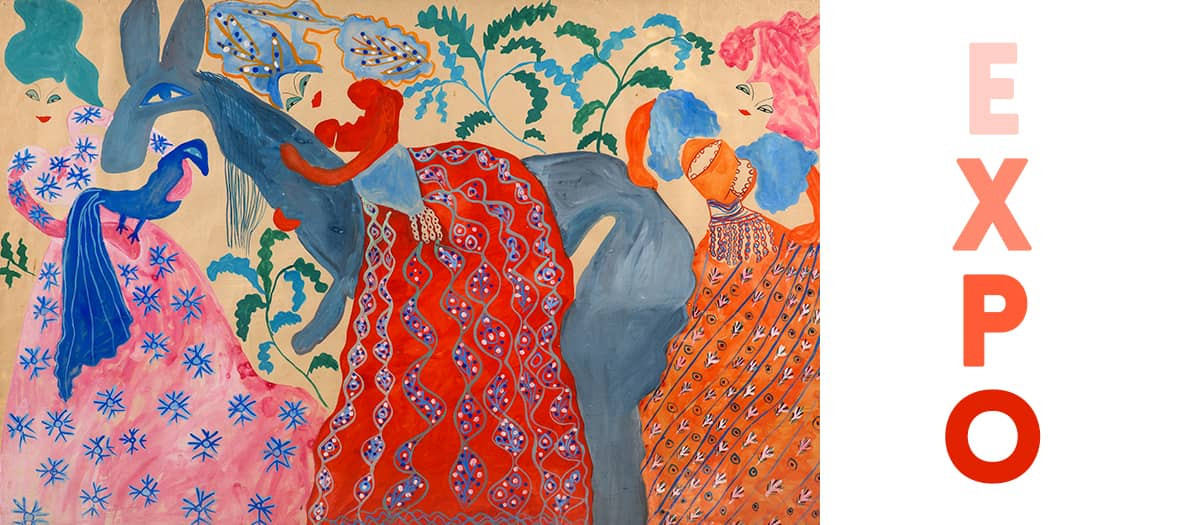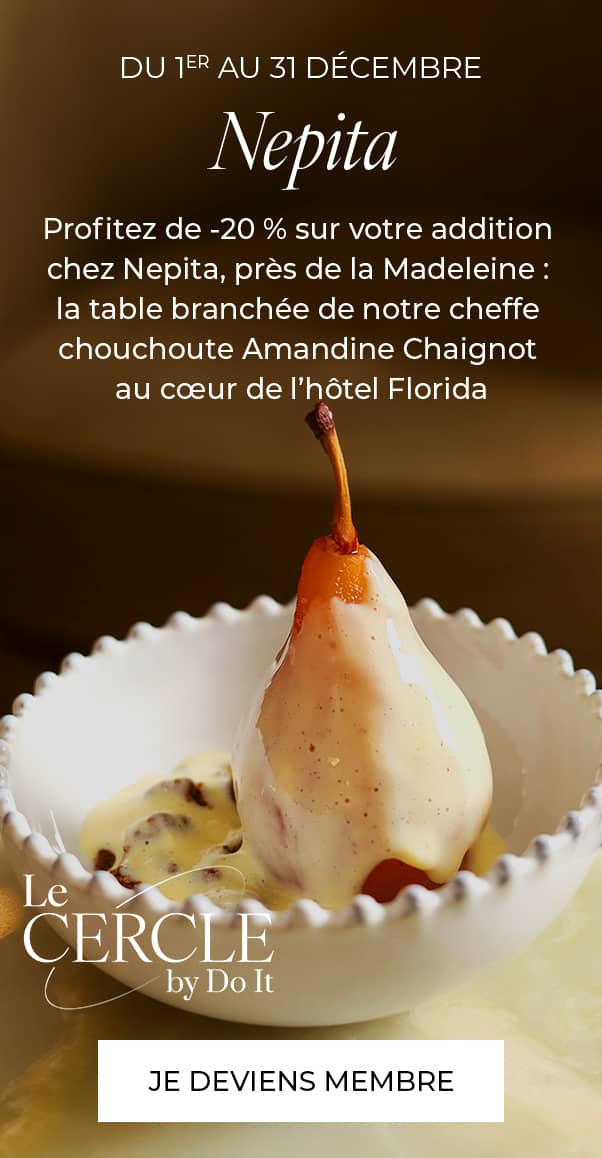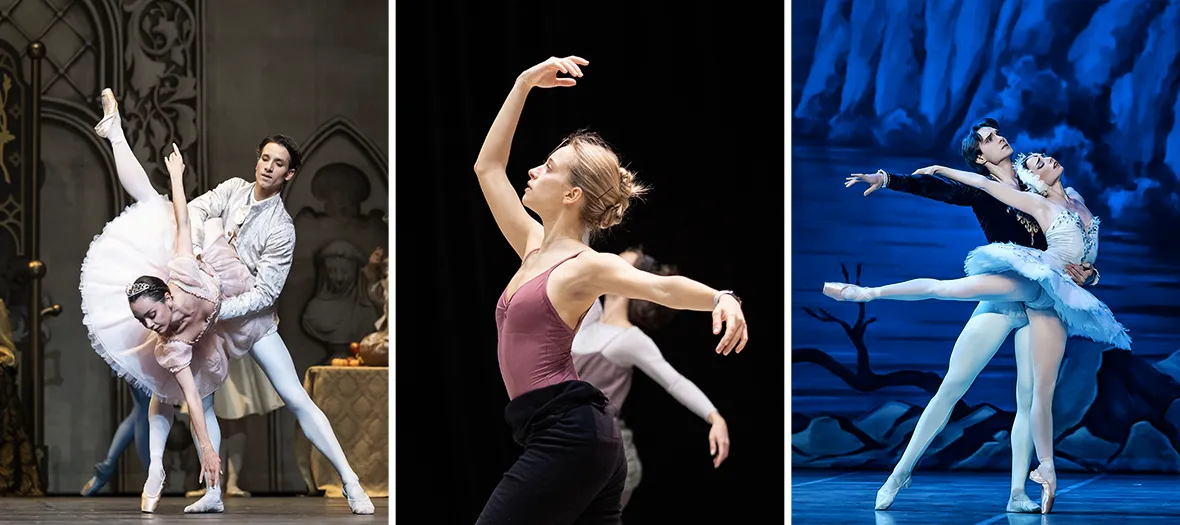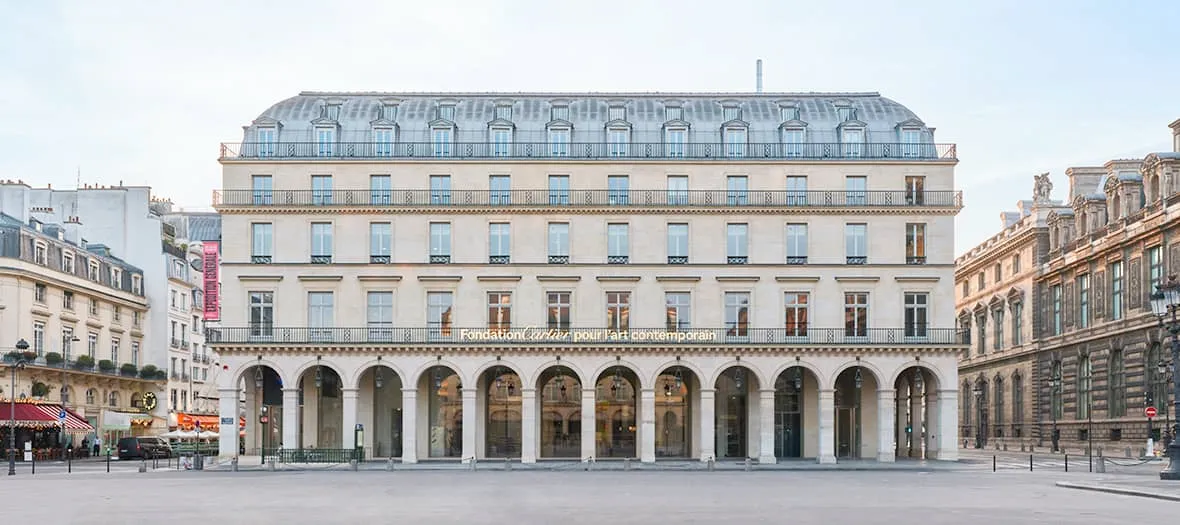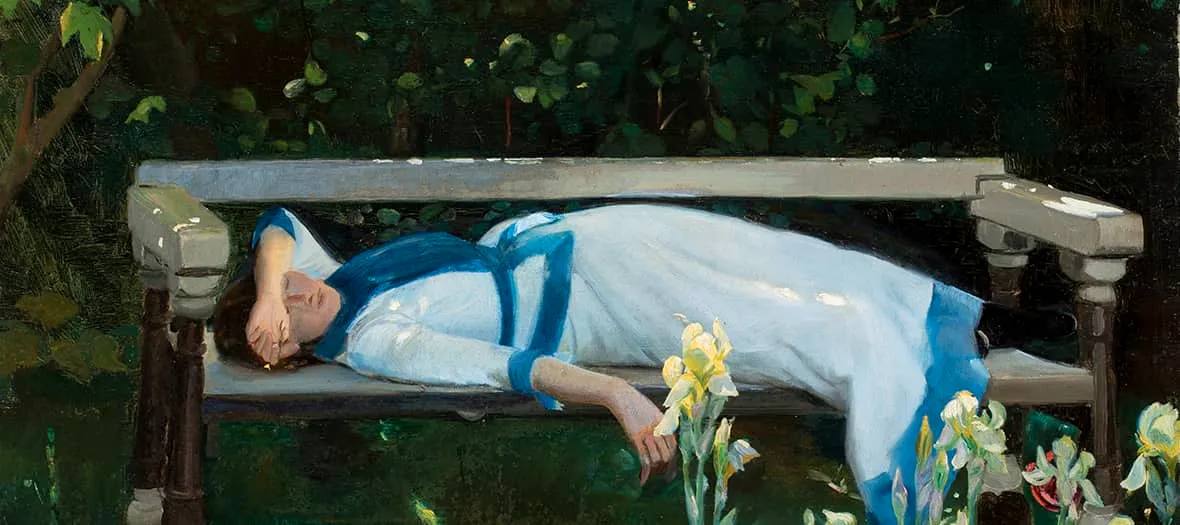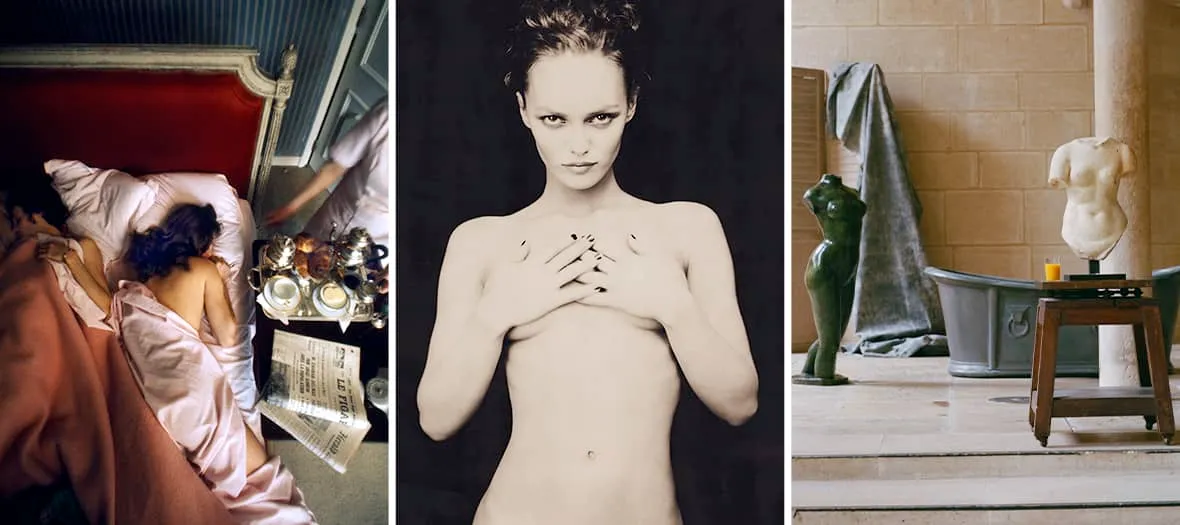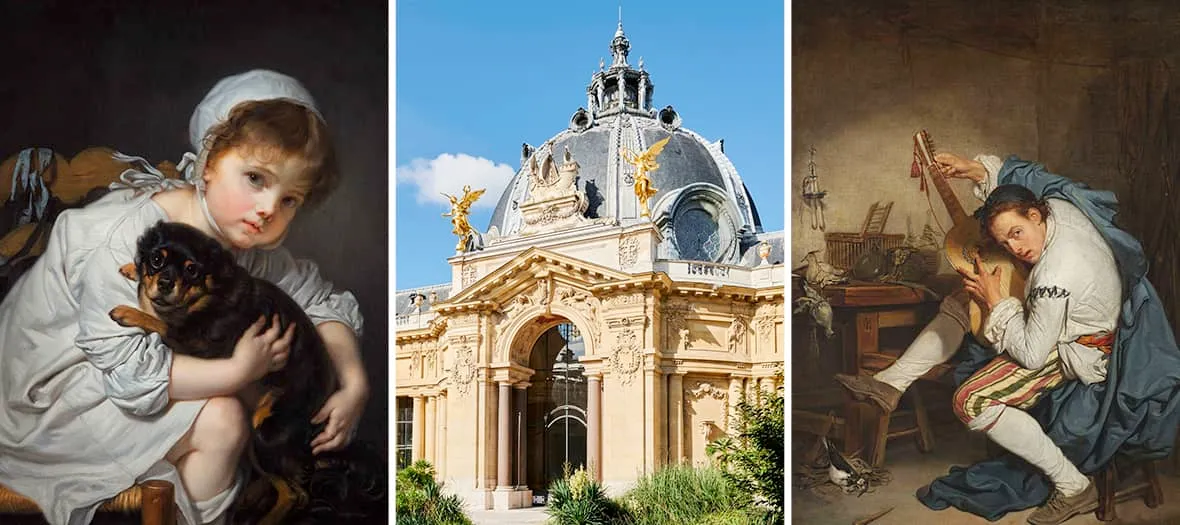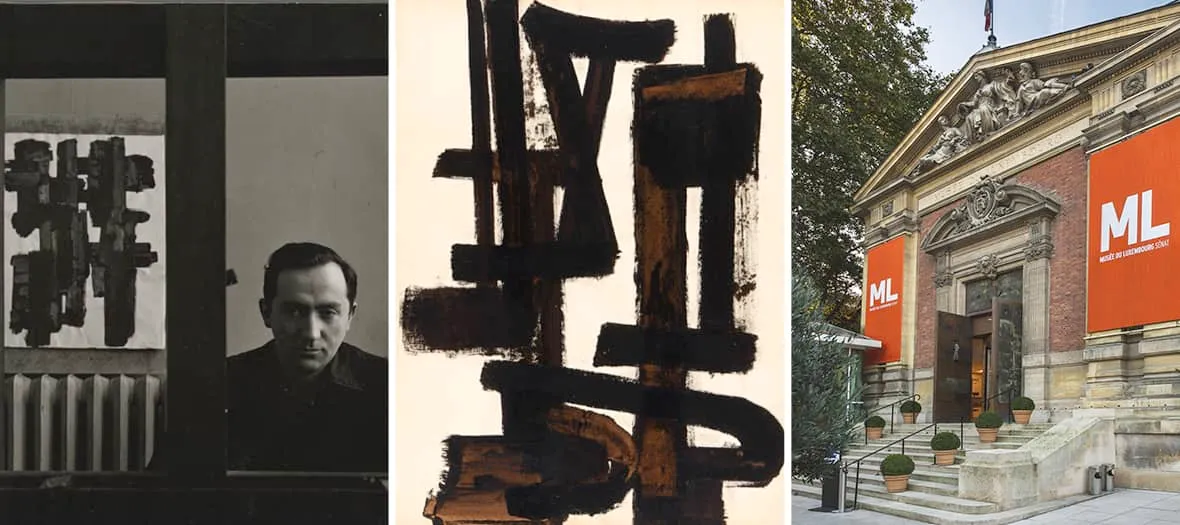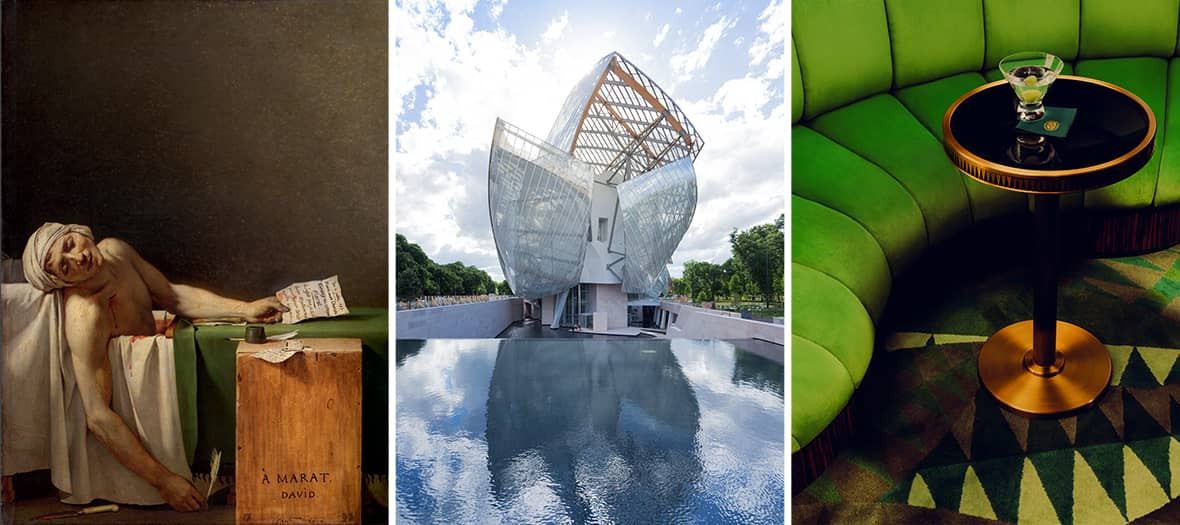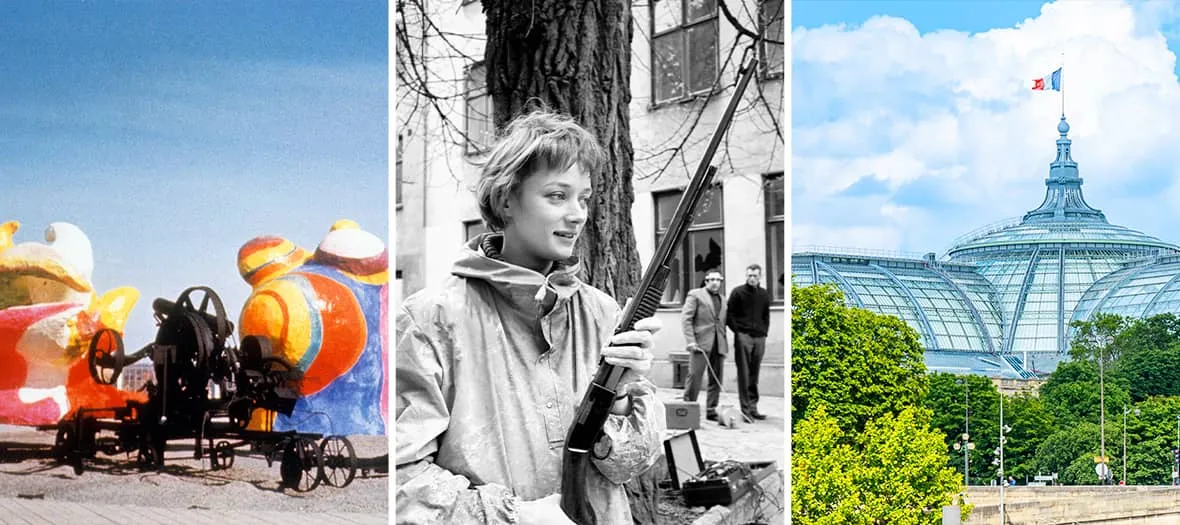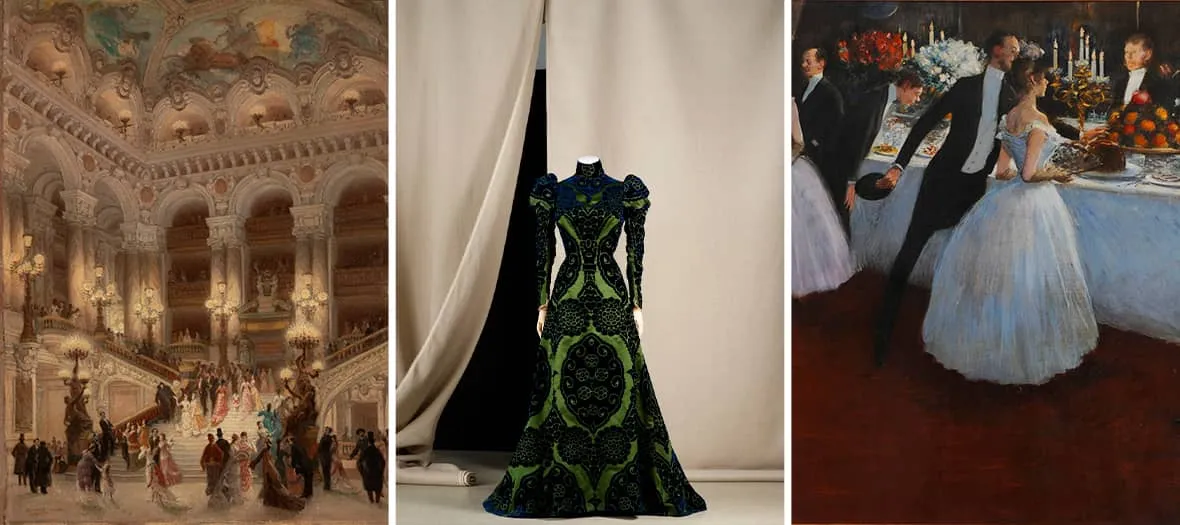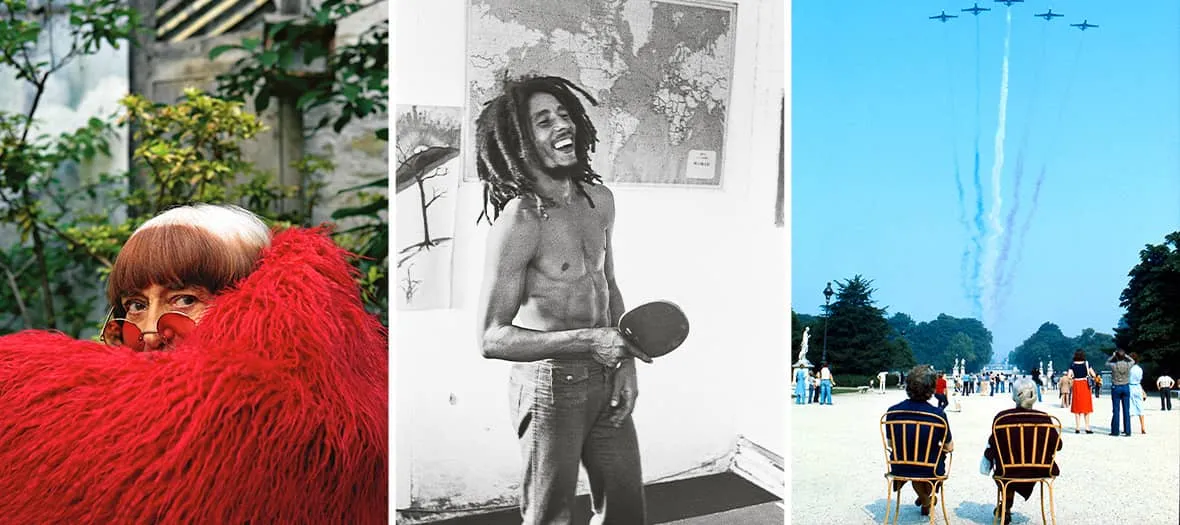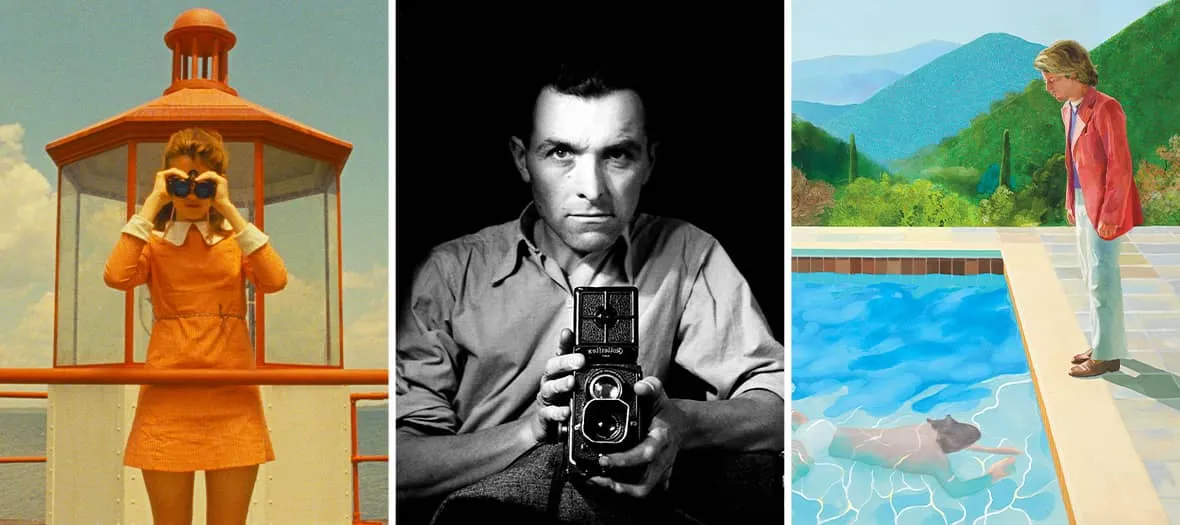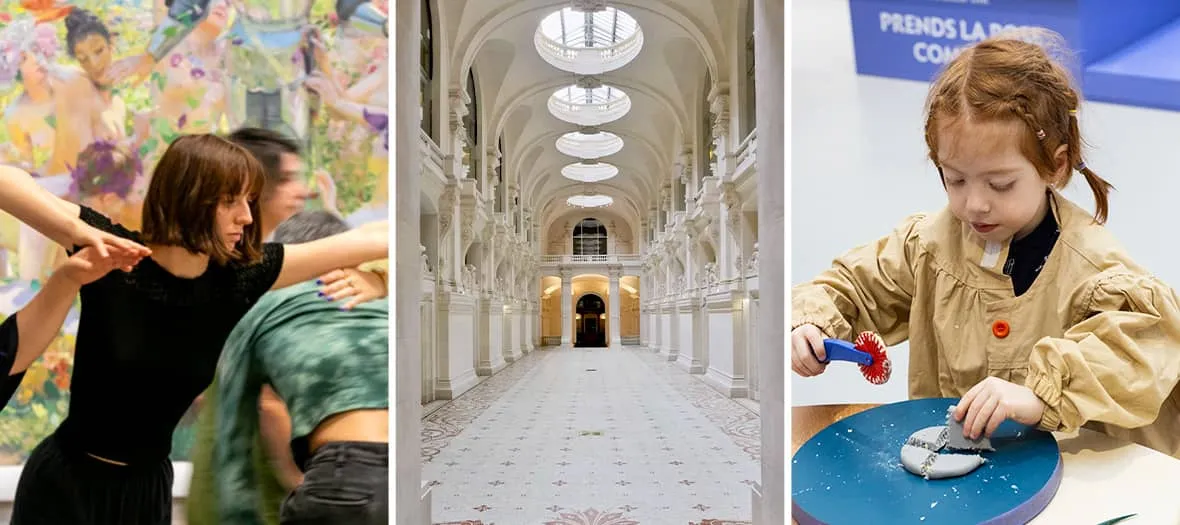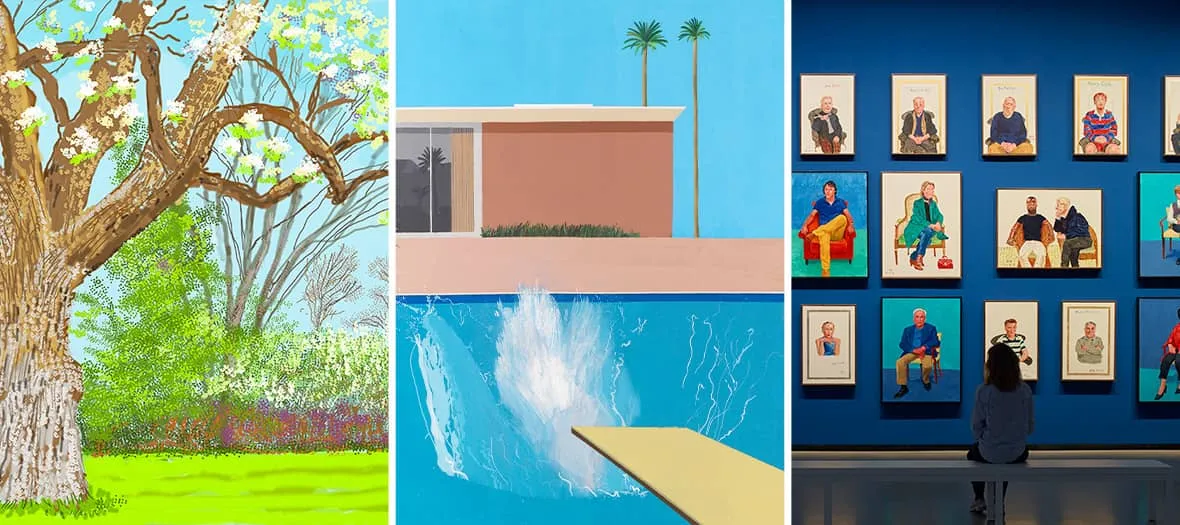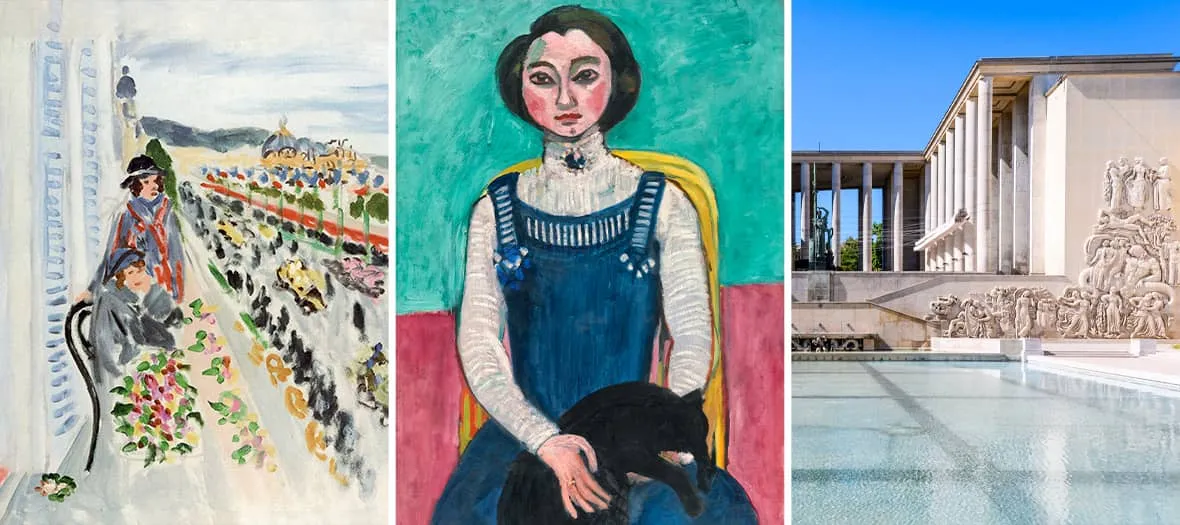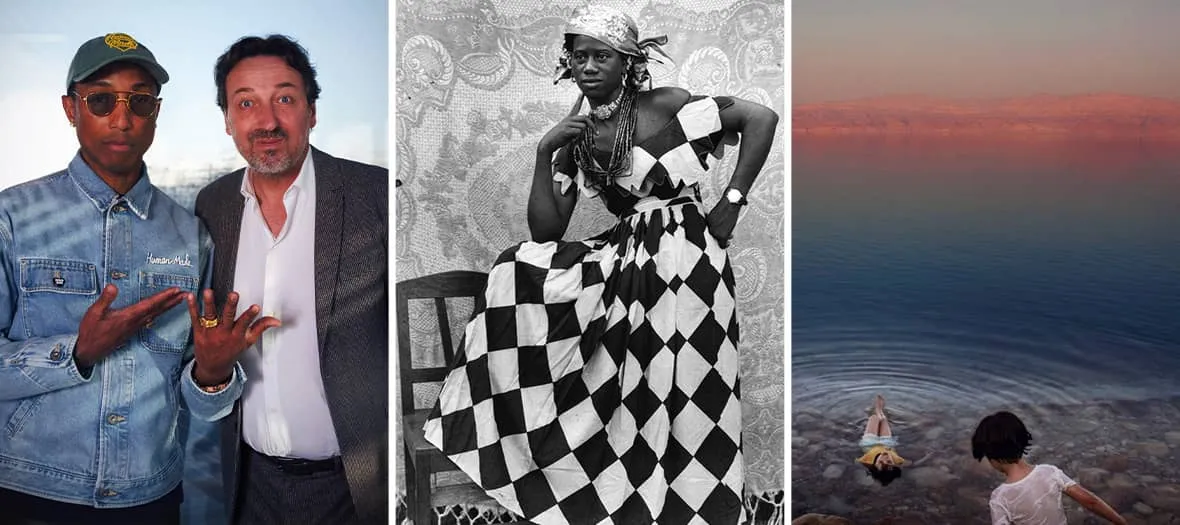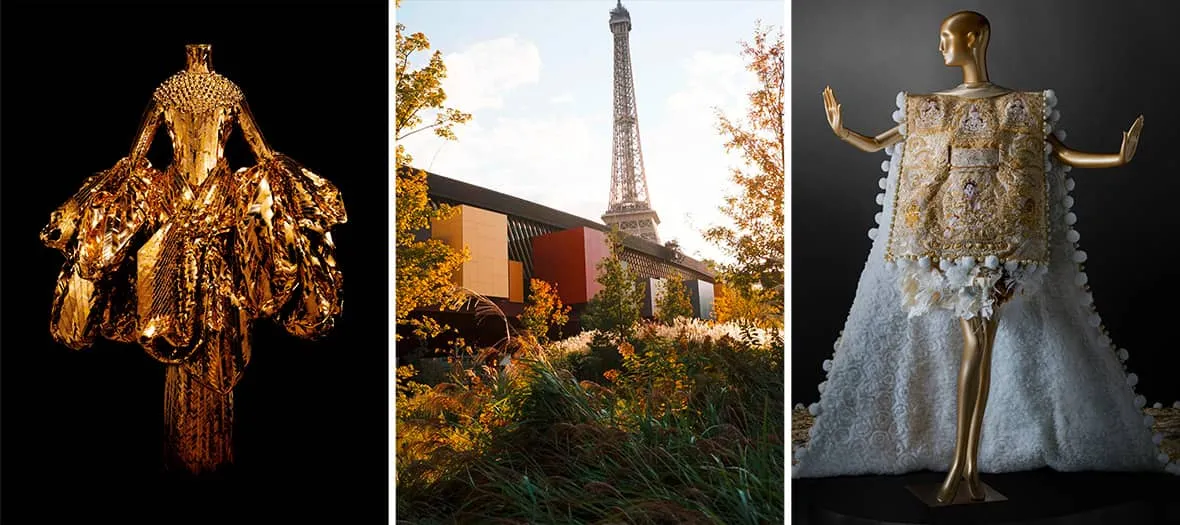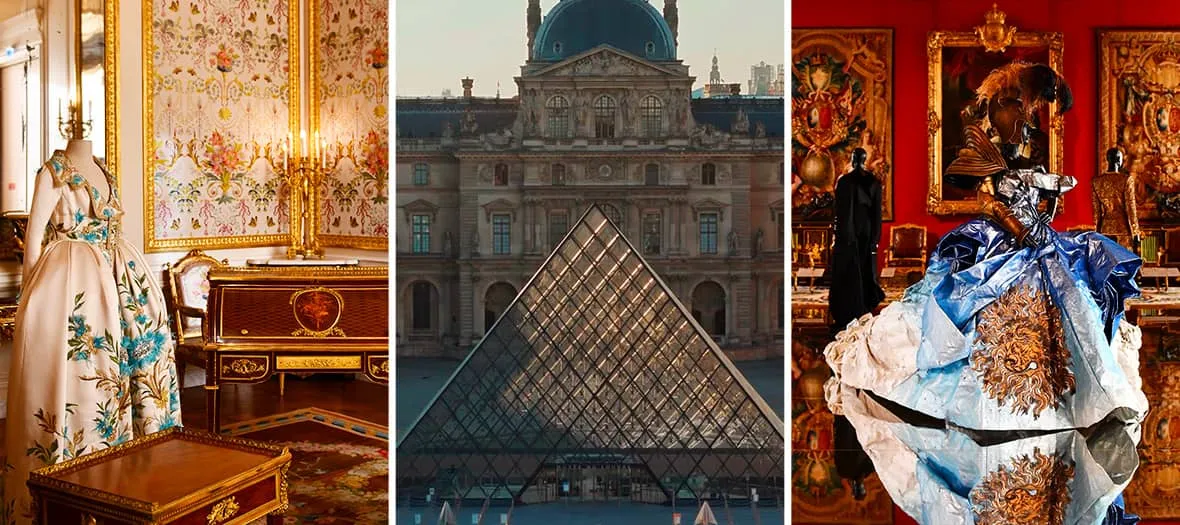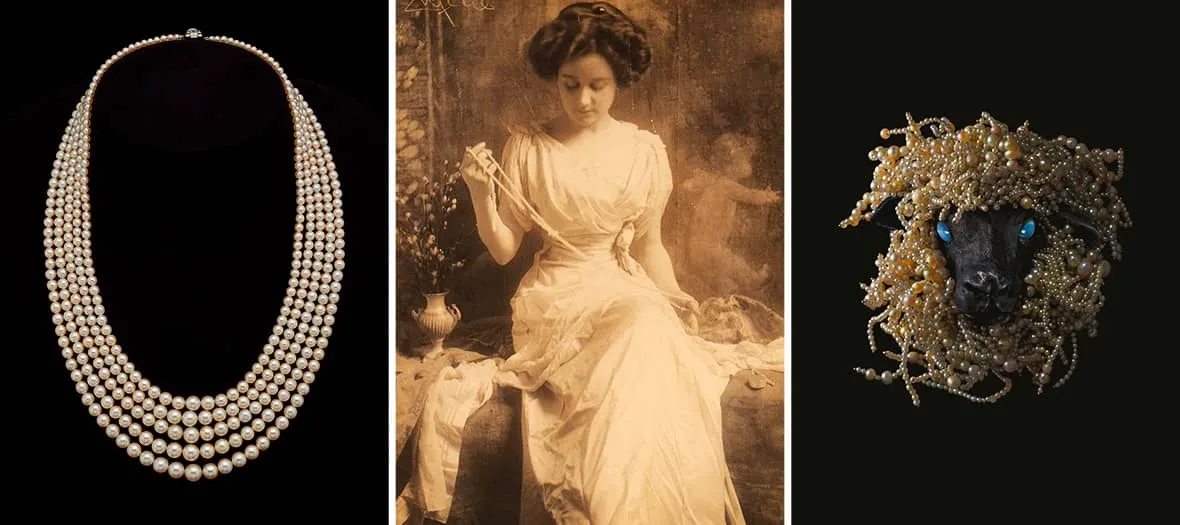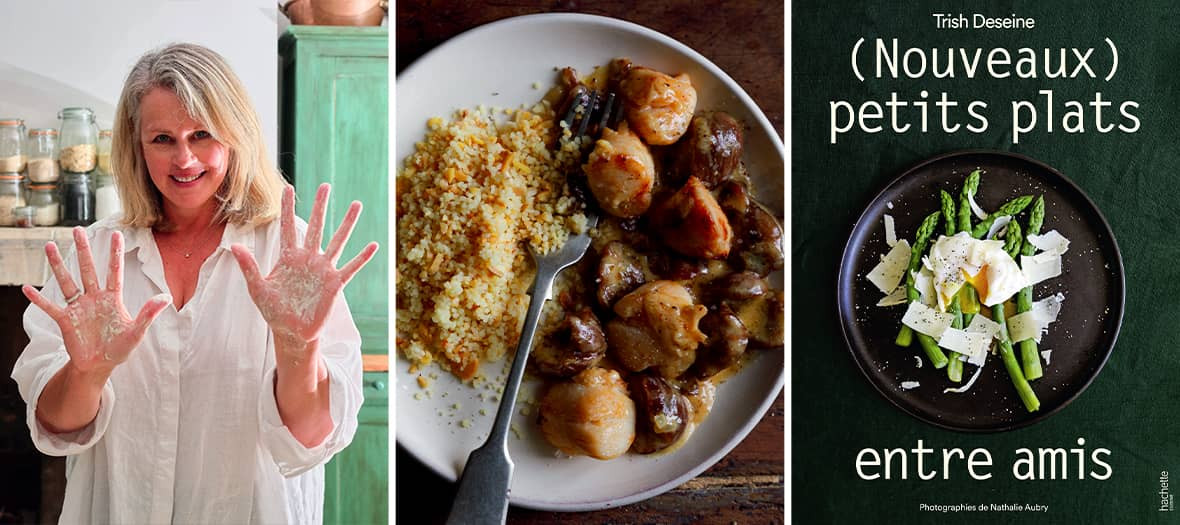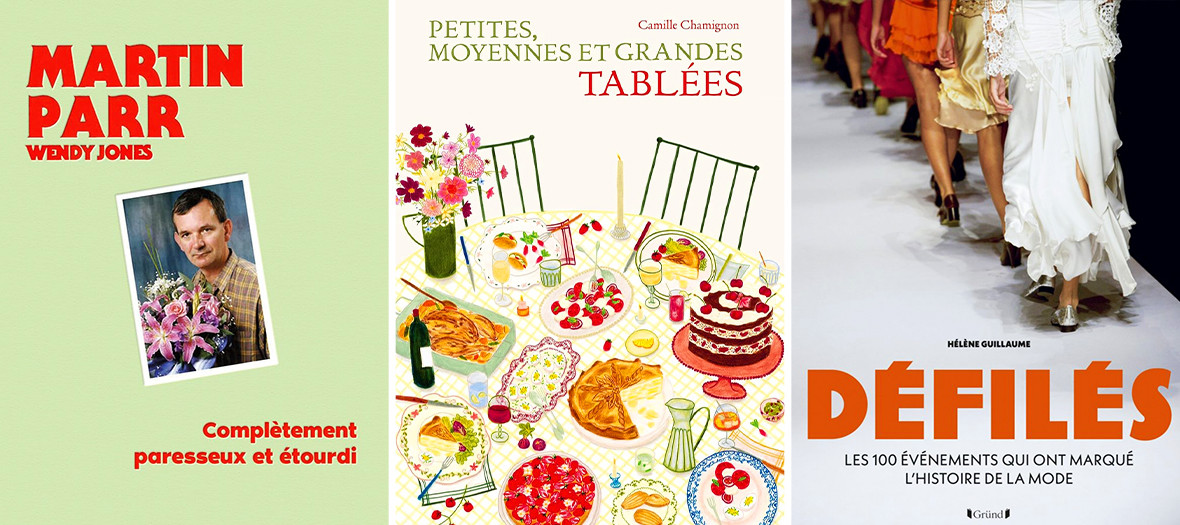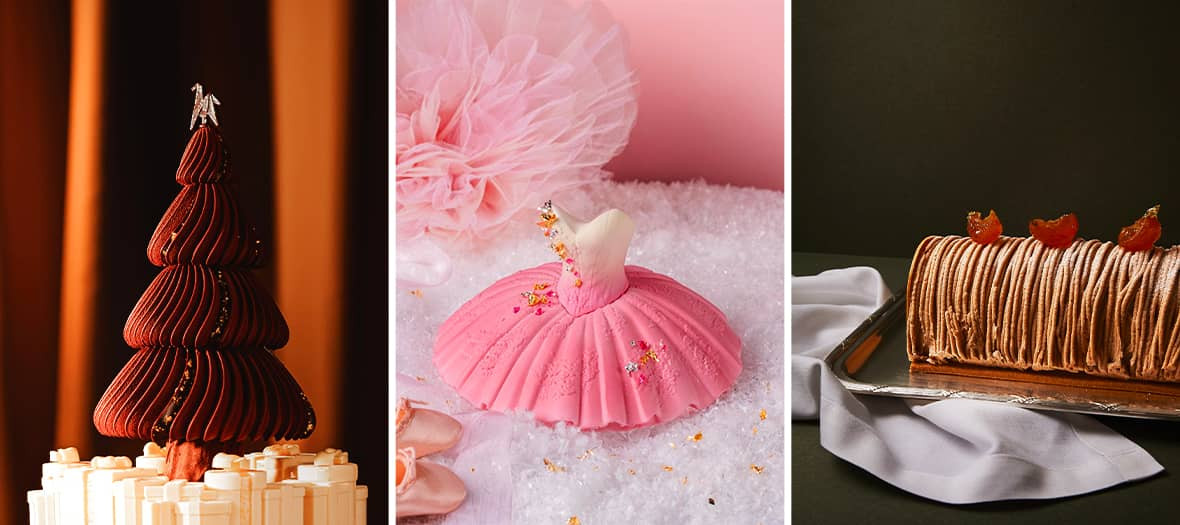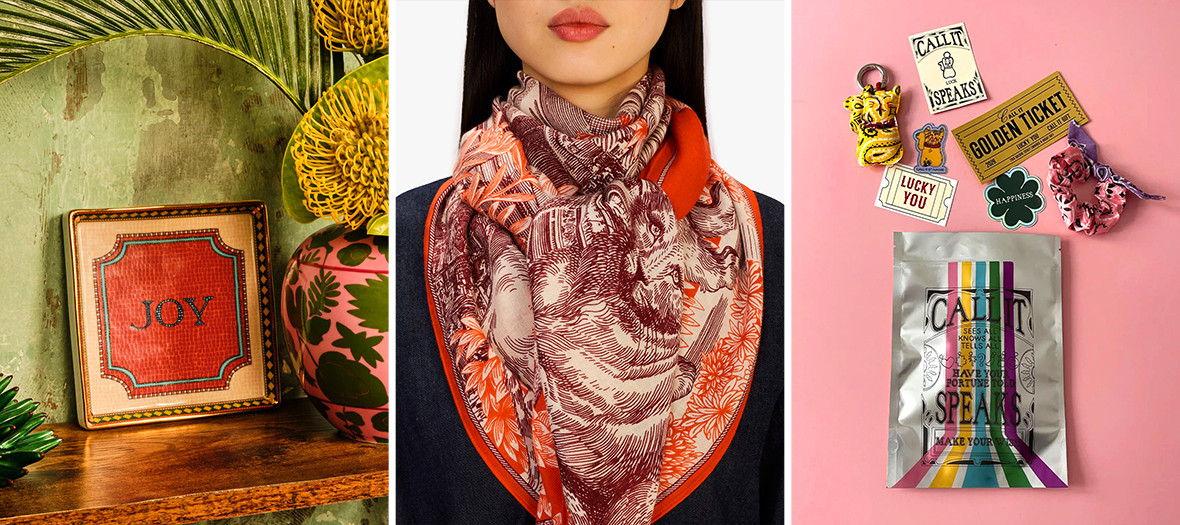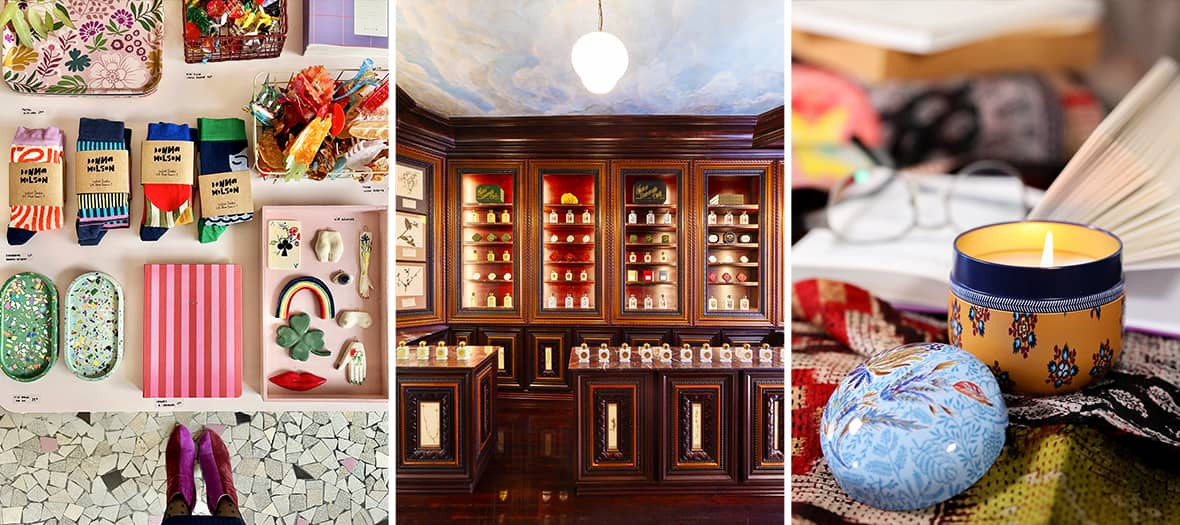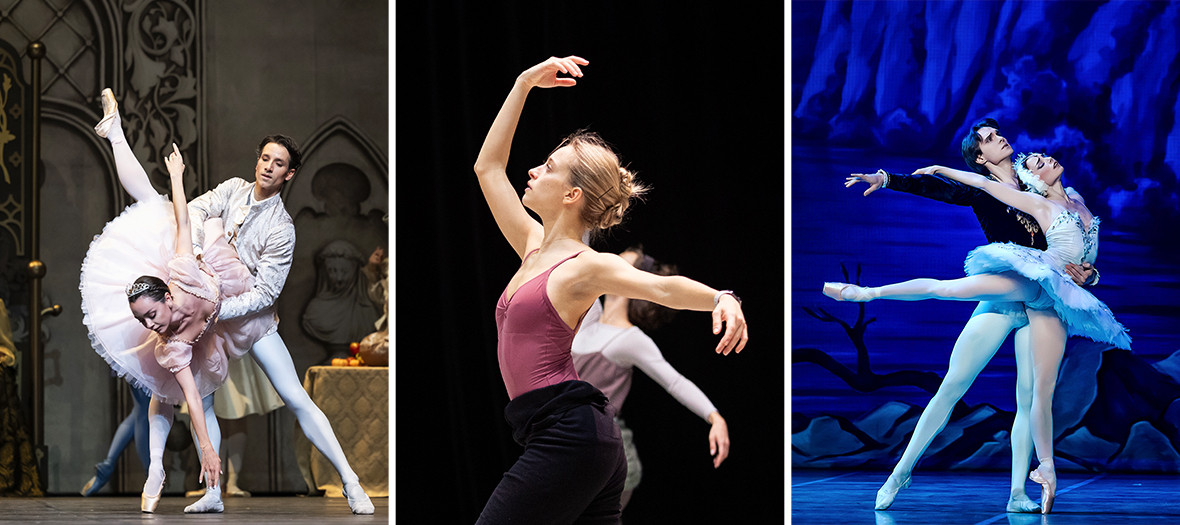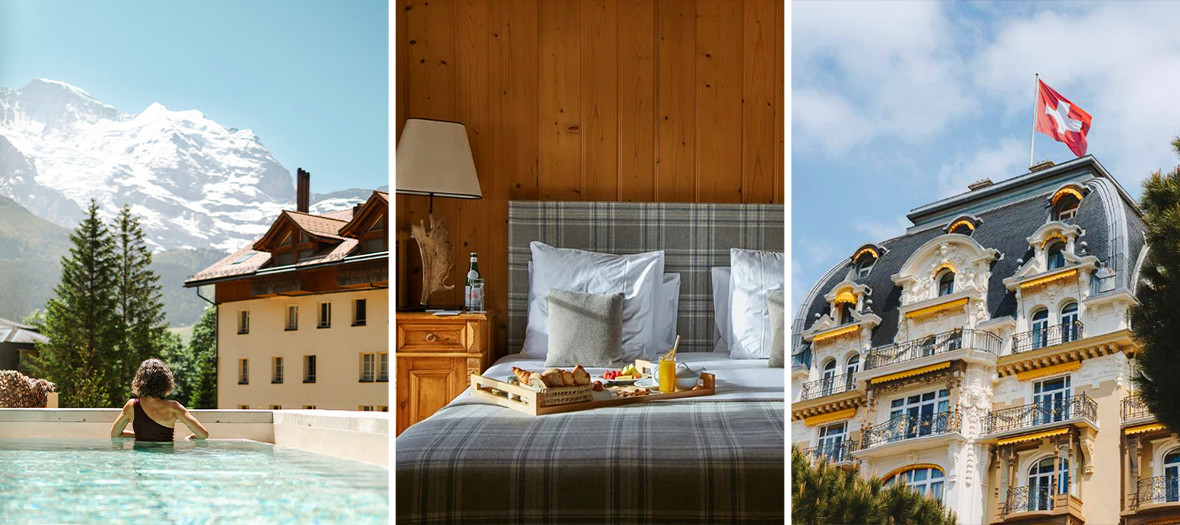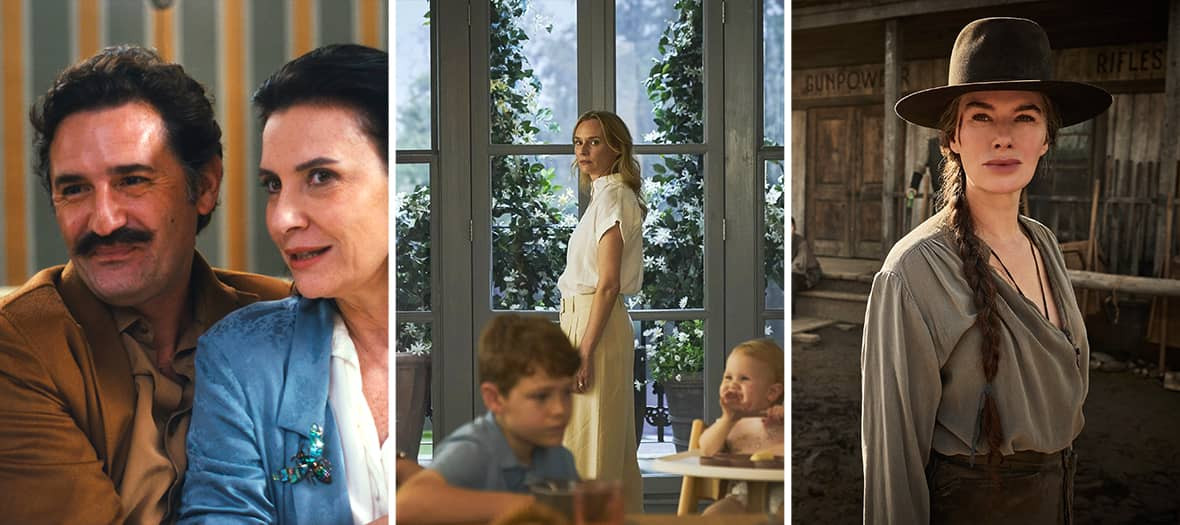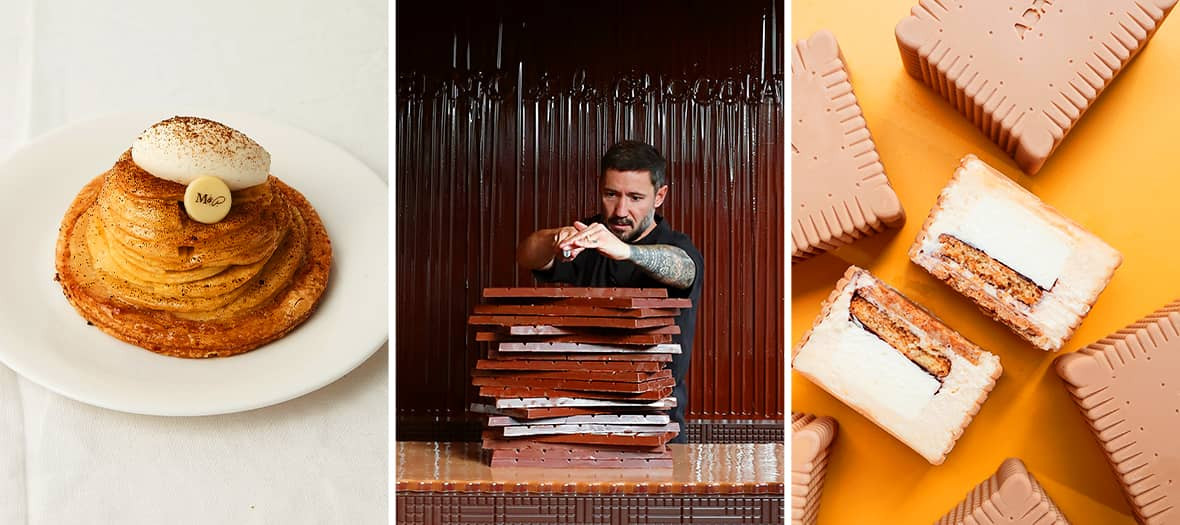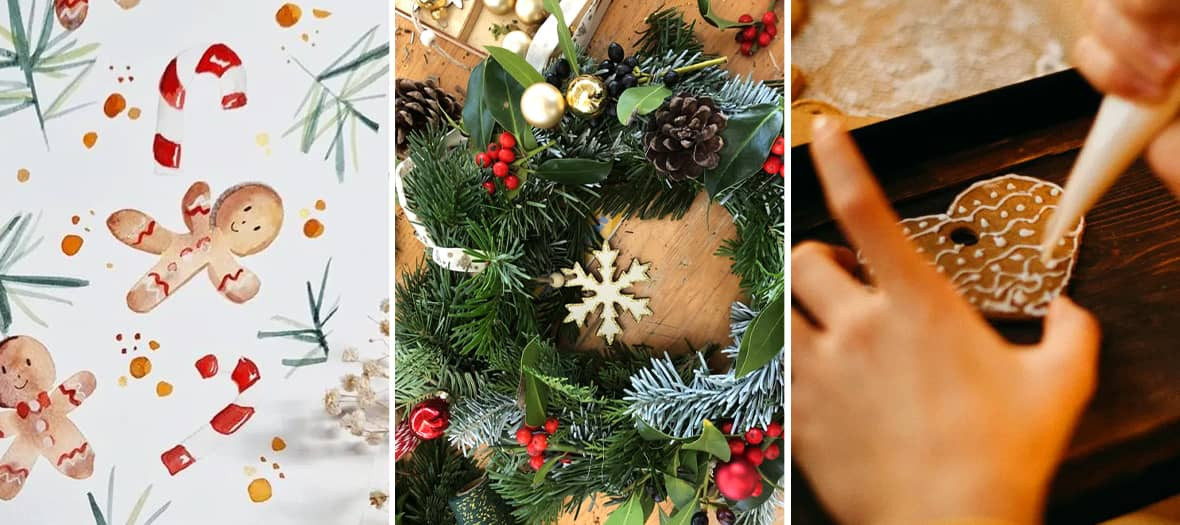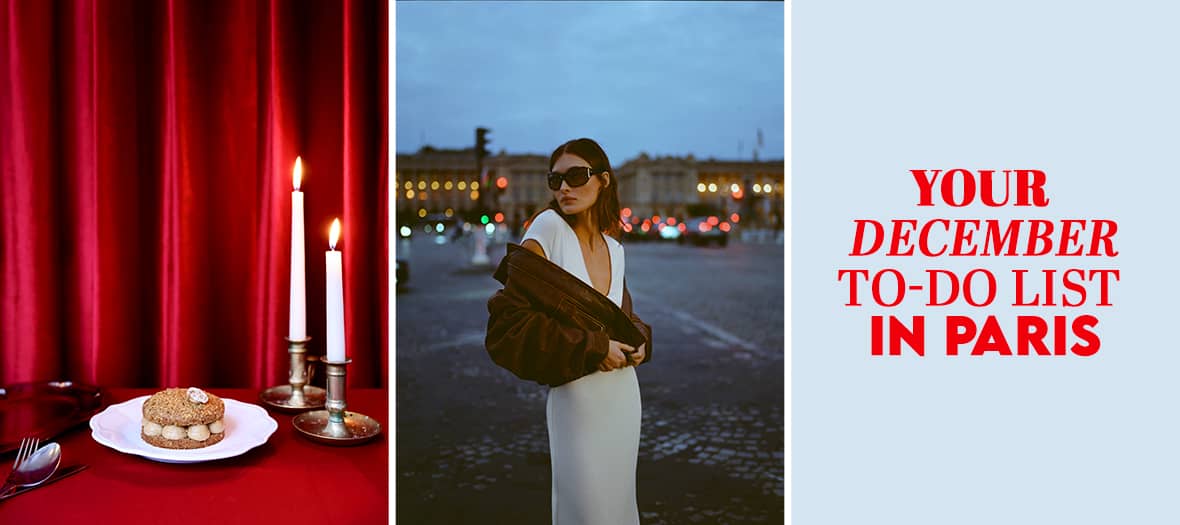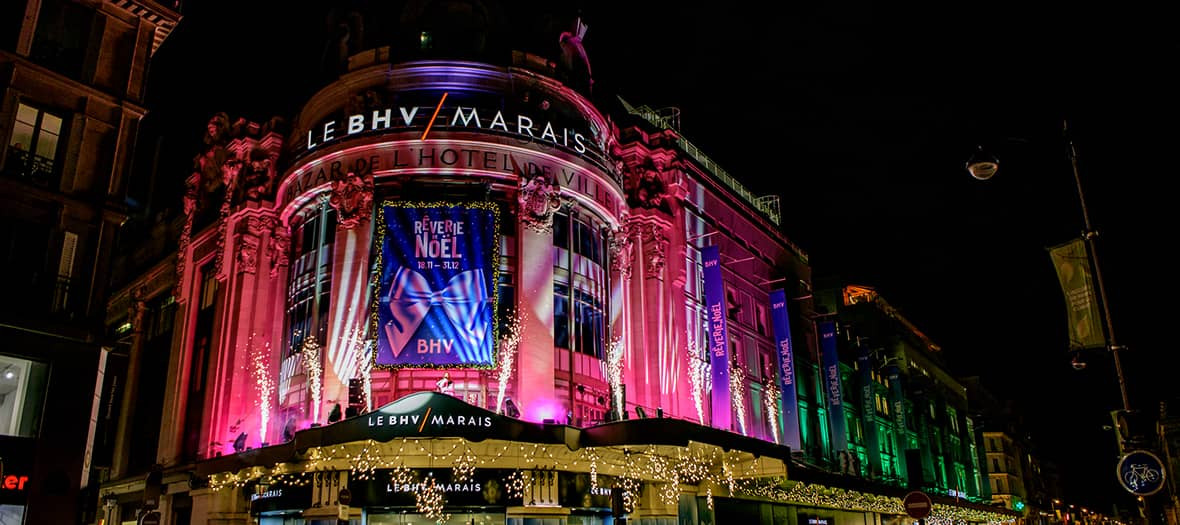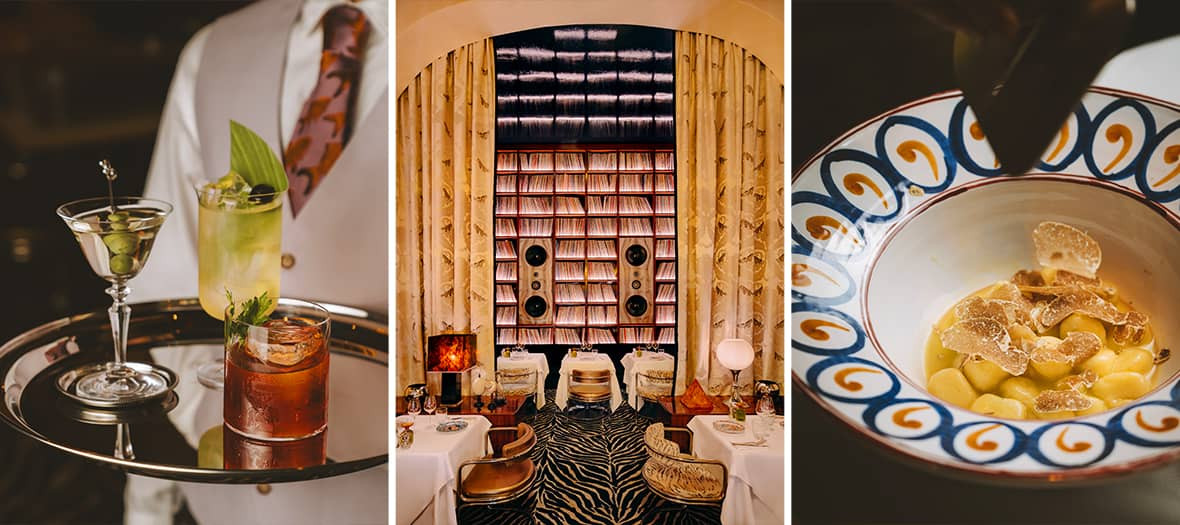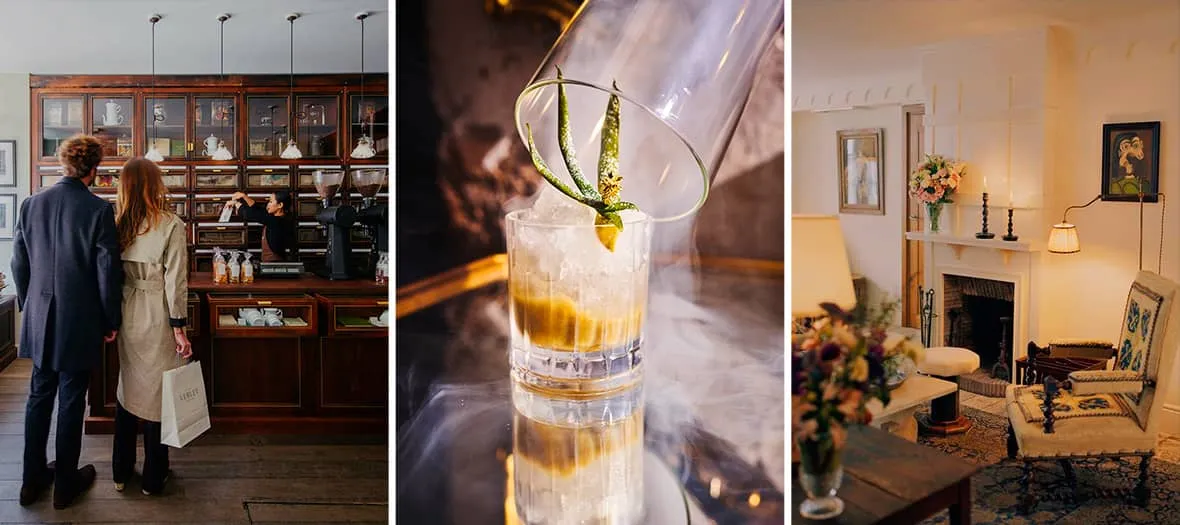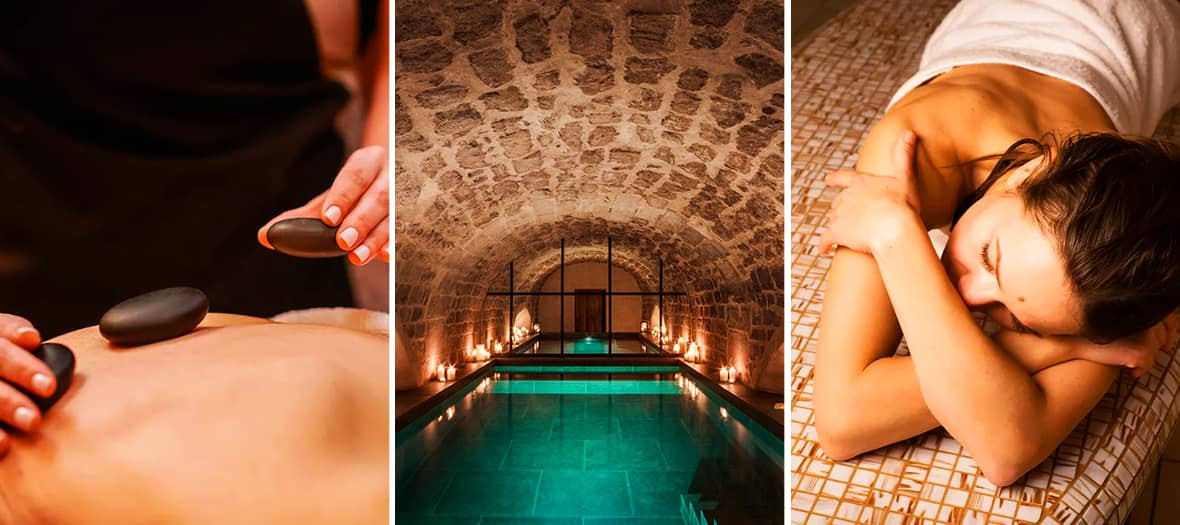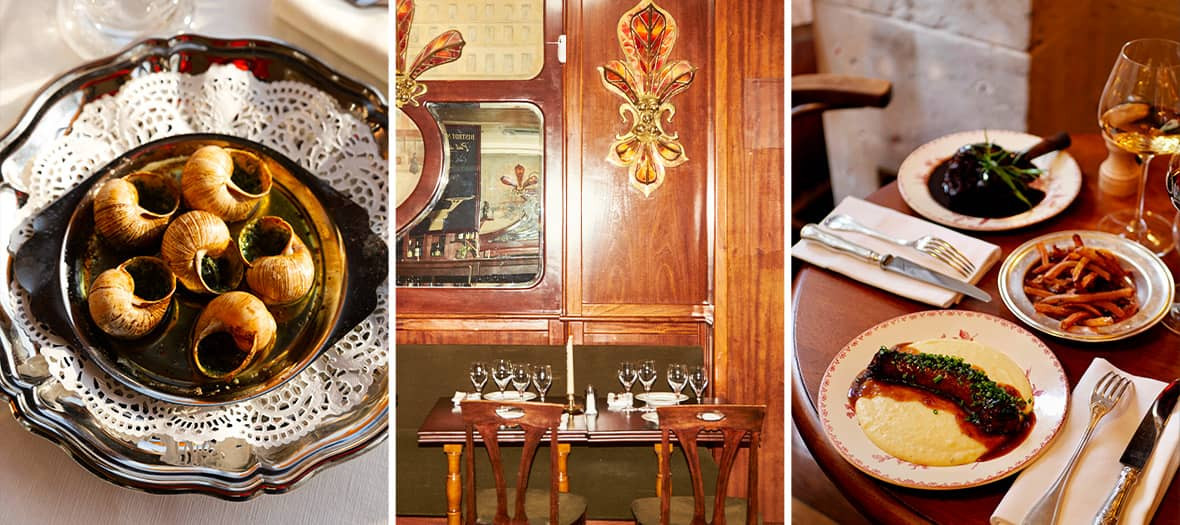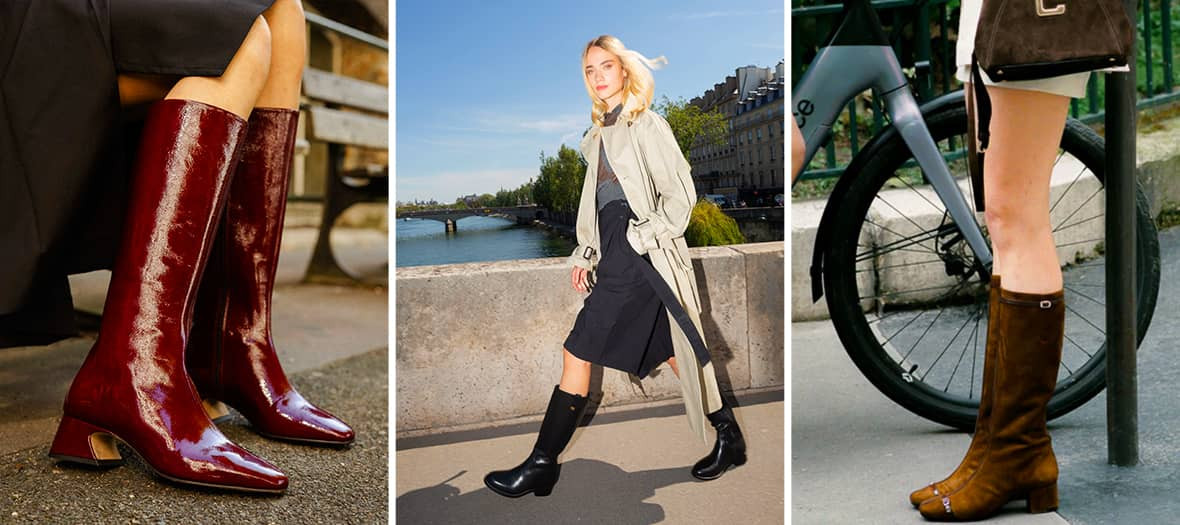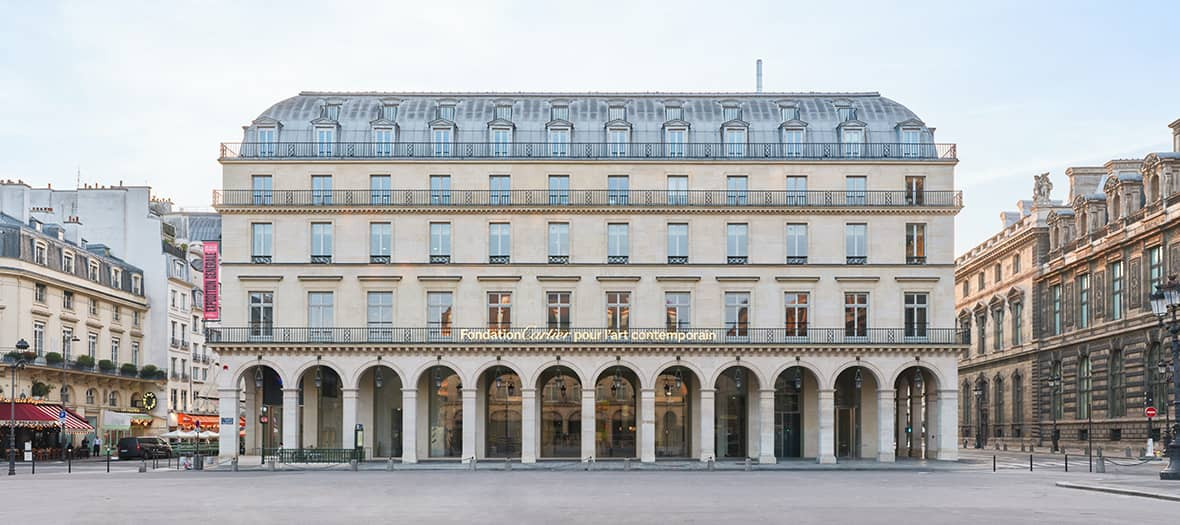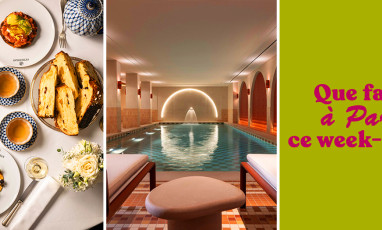This is the beauty shoot we needed. The Institut du Monde Arabe offers a flamboyant and colorful retrospective of the work of Baya , the most unique Algerian artist of the 20th century . Focus on the woman who conquered her time thanks to her talent, her radiant soul of colors at the crossroads of oriental myths and imagination. The Women in their Gardens exhibition reveals his flourishing work against the backdrop of a troubled Algeria , from colonization to independence .
Once upon a time the tales of Baya
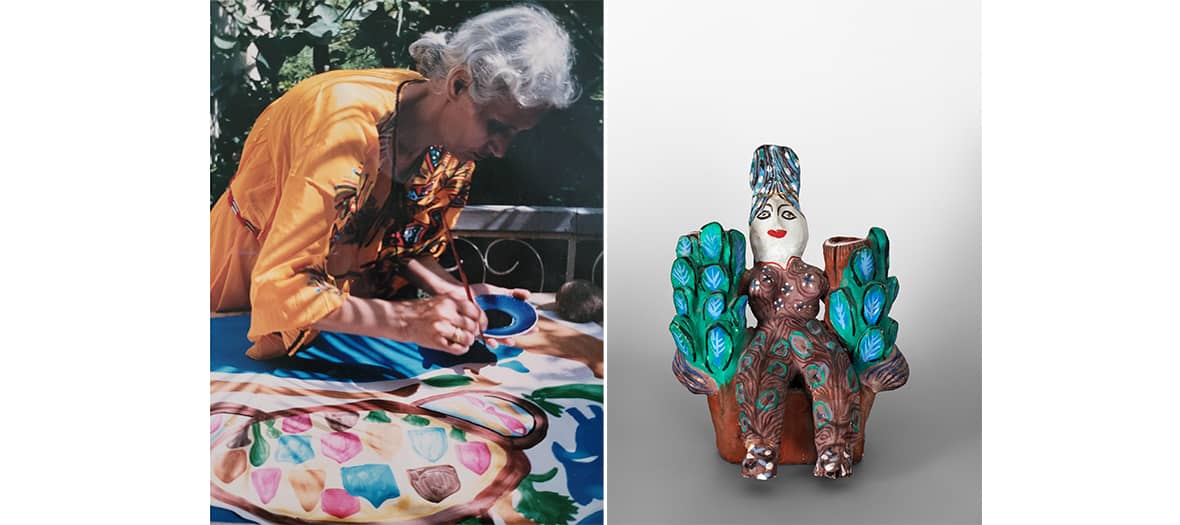
Baya 's works are heavily imbued with popular tales from her childhood. Her universe, both dreamlike and enchanting, unfolds through her illustrations of women, vegetation , animals and musical instruments that come knocking at the doors of the imagination of visitors.
Baya 's inner world is rich, nourished by the collective imagination of her native Algeria where she is the witness of the traditions that are inherent to her: the women who work the land become a source of inspiration for her sculptures , and the tales transmitted orally according to the respect for the traditions infused in the drawings of the young woman. Instantly, we find its visual identity , its style and above all its heart.
A solar work despite its condition
From her real name Fatma Haddad , Baya knows the difficulties of the colonial period in Algeria . As a child, she did not go to school but revealed all her creative talents by learning to master the language of shapes and colors on her own: happy in their Gardens of Eden , the women she painted were sublimated by an ultra-modern color palette. -rich, and wear clothes whose mise en abyme is so pretty that the dresses become paintings in the painting.
The road to notoriety
Marguerite Caminat (Baya's adoptive mother) is convinced of the talent of her little protege. Thanks to his connections in the cultural world, Baya's intimate and refined art began to seduce all of Paris. The gallery owner Aimé Maeght was conquered, André Breton signed the preface to the catalog of his exhibition, Vogue devoted a double page to him in 1948 signed by Edmonde Charles-Roux and Picasso was impressed by his sculptures during a stay in Vallauris ...
The route of the exhibition: chronology and evolution of the paintings
Baya's childhood, her first drawings, her sculptures, her paintings where women are queens, where the theme of mother and child is revealed through the eyes of the young orphan: in one and the same large room, the artist's favorite themes present themselves to the eye with astonishing harmony. It must be said that after the war, Baya did not return to work until 1963, devoting the last years of her life to her work, in order to honor this “ gift she had received ”. The format of his paintings grew, and women are now represented in the company of flowers, birds and everyday objects such as musical instruments, fruit, furniture… but always in their gardens.
Baya, icon of Algerian painting , until March 26, 2023 at the Arab World Institute, 1 rue des Fossés Saint-Bernard, Paris 5th, open Tuesday to Friday from 10 a.m. to 6 p.m., price €6, online reservations recommended
And always...
The extraordinary exhibition of the Institute of the Arab World
© The Foundation for the Development of Art and Culture of the Republic of Uzbekistan
© Laziz Hamani
Welcome to the eternal cities of Samarkand , Bukhara and Khiva , unique meeting places between the peoples of the steppes , India , Persia , China and the Arab-Muslim world . On the occasion of the exhibition On the roads of Samarkand, wonders of silk and gold , the Institute of the Arab World welcomes for the first time, from November 23 to June 4 , magnificent pieces never before exhibited (costumes of pageantry shrouded in gold, jewellery, etc. as an invitation to travel and enchantment .
power and pageantry
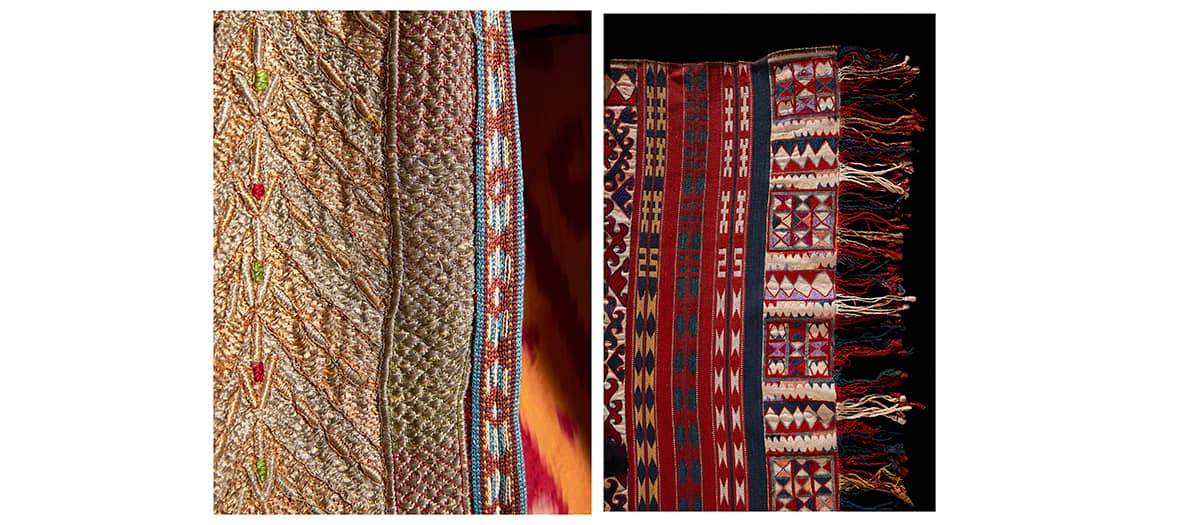
It was under the reign of the Emir of Bukhara that sericulture (the breeding of silkworms ) was relaunched , a practice thanks to which the most magnificent works were made. Luxury craftsmanship was born: in the 19th century, Bukhara (Uzbekistan) became the capital of craftsmanship and gold embroidery , the zardozi .
The exhibition calls for strolling through a hyper-luxury period dressing room made up of skullcaps (traditional Uzbek costume worn by both women and men), and talismanic dresses (worn at the time only by people of high rank). Equestrian pageantry , on the other hand, is incredibly sumptuous : if the horse is the extension of its rider, its equipment must be refined and ostentatious , so that its power is visible to all.
© The Foundation for the Development of Art and Culture of the Republic of Uzbekistan
© Laziz Hamani
Feminine dressing room and interior dressing
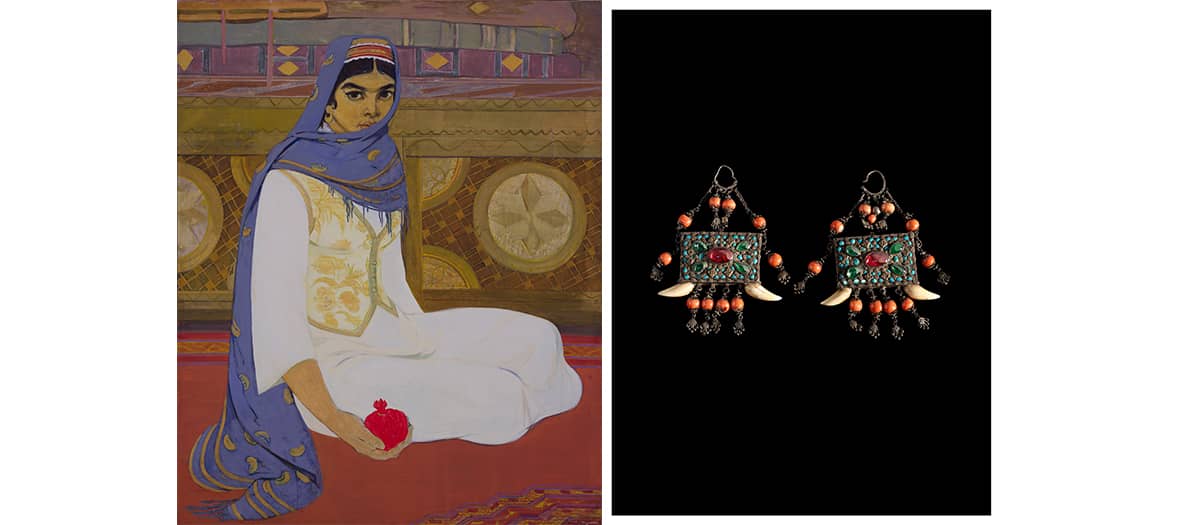
Shirt dresses, pants, camisoles, hats, shoes, scarves... The women's wardrobe is made up of several pieces with a single cut , but it is the quality of the fabric that distinguishes the social classes and the colors that we guess the woman's marital status . However, the work of craftsmanship around gold is reserved for men, because according to the beliefs of the time, “ Gold tarnishes in contact with the hands and the breath of a woman ”... is why women's jewelry is rather made of turquoise , coral , silver or semi-precious stones .
On the inside, the suzanis (which designate “ needlework ” in the Persian language) are large pieces of fabric embroidered with silk threads, intended for wall decorations , bed covers, pillowcases or curtains. These unique creations play the role of lucky charms and ensure a prosperous and happy life for young married couples. The number and quality of suzanis within a household depends on social status and family.
In Uzbekistan , carpet art has been mastered for many years. It is women, experts in carpet weaving and felting, who produce carpets for home furnishings and comfort. Here again, the reasons chosen are intended to ensure the protection of the household.
On the roads of Samarkand, wonders of silk and gold from November 23 to June 4 at the Arab World Institute, open Tuesday to Friday from 10 a.m. to 6 p.m. and Saturday and Sunday from 10 a.m. to 7 p.m. online reservations , price 12 €
© The Foundation for the Development of Art and Culture of the Republic of Uzbekistan
© Laziz Hamani
Also discover Art Deco exhibition that is making the buzz and the cultural shoot of the museum of decorative arts




